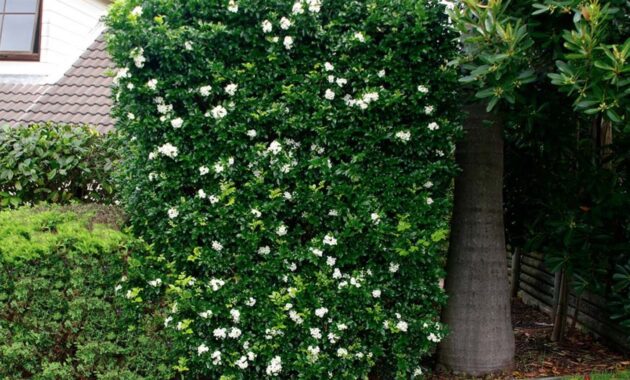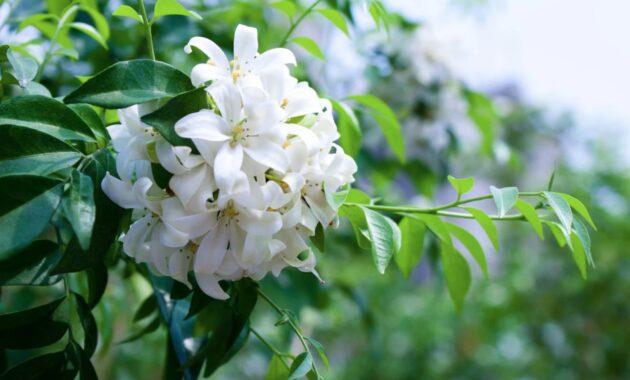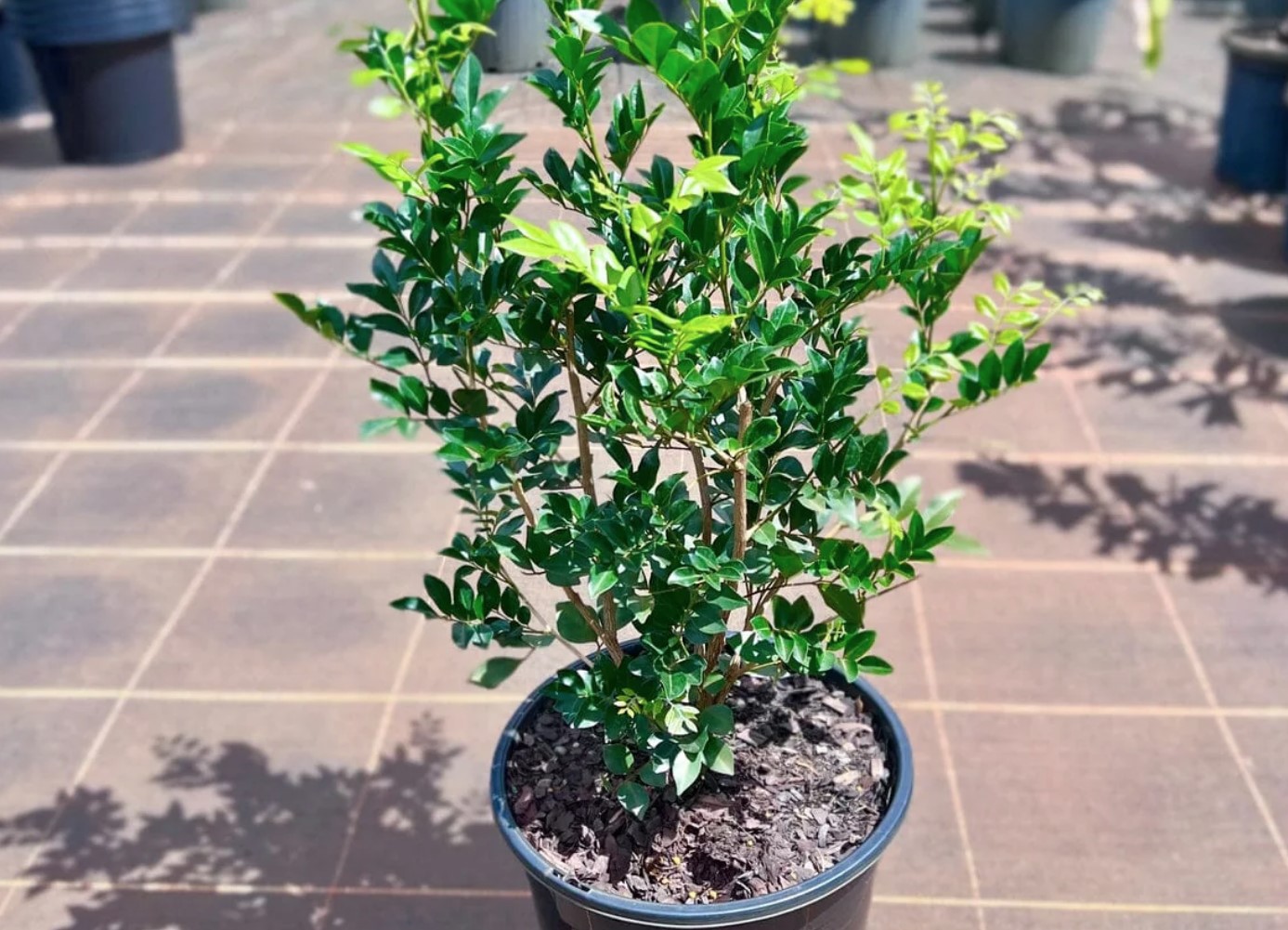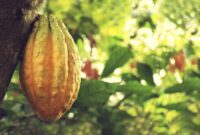
If you’re looking for a plant that combines beauty, fragrance, and versatility, let me introduce you to Murraya paniculata. Commonly known as orange jasmine or mock orange, this tropical shrub is a stunning addition to gardens, patios, and even indoor spaces. My journey with Murraya paniculata started when I stumbled upon it at a local nursery, drawn in by its lush green leaves and intoxicating aroma. Little did I know that this little gem would become a staple in my gardening adventures!
What is Murraya paniculata?
Murraya paniculata is a flowering plant native to tropical and subtropical regions of Asia, particularly found in Southeast Asia, India, and Australia. It belongs to the Rutaceae family, which is known for citrus plants. When I first encountered the plant, I was captivated by its glossy leaves and delicate white flowers that emit a sweet, citrus-like fragrance—perfect for any garden enthusiast looking to add a sensory element to their space.
Characteristics of Murraya paniculata
- Scientific Name: Murraya paniculata
- Common Names: Orange jasmine, mock orange, curry tree
- Native Range: Southeast Asia, India, and Australia
- Growth Habit: It can grow as a dense shrub or small tree, typically reaching heights of 2 to 5 meters (approximately 6.5 to 16 feet).
- Leaves: The leaves are dark green, glossy, and have a pinnate arrangement. They have a lovely fragrance that can fill the air when brushed against. The first time I touched the leaves, I was taken aback by how aromatic they were!
Growing Murraya paniculata
If you’re excited about adding Murraya paniculata to your garden, here’s what you need to know about its cultivation:
- Climate Requirements: This plant thrives in tropical and subtropical climates. It prefers warm temperatures and can tolerate light frost, but I’ve found that it performs best in temperatures above 10°C (50°F). I remember planting mine in early spring, and by summer, it was thriving beautifully!
- Soil Preferences: Murraya paniculata prefers well-draining, loamy soil rich in organic matter. I learned the hard way that planting it in heavy clay soil led to poor drainage, and I lost a few seedlings. Mixing in compost or peat can improve soil quality significantly.
- Light Conditions: Full sun to partial shade is ideal. I’ve noticed that my plants bloom more profusely when they get at least 6 hours of direct sunlight each day.
- Watering Needs: This plant enjoys moderate watering. Allow the soil to dry slightly between waterings, especially during the growing season. I once overwatered mine, which led to root rot, so now I’m careful to keep an eye on the moisture levels.
Propagation of Murraya paniculata
There are a couple of methods to propagate Murraya paniculata:
- Seed Propagation: While you can grow it from seeds, it can be a bit hit or miss due to the seeds’ viability. I tried this method once, and only a couple of seeds sprouted after several weeks of waiting.
- Cuttings: Taking cuttings from a healthy plant is often more successful. I found that taking 4-6 inch cuttings from new growth, dipping them in rooting hormone, and planting them in moist potting soil yielded better results. Within a few weeks, I had new plants ready to go!
Caring for Murraya paniculata
Here are some essential care tips to keep your Murraya paniculata healthy and flourishing:
- Fertilizing: Fertilize with a balanced, slow-release fertilizer every couple of months during the growing season. I’ve seen a noticeable difference in growth and blooming when I stick to this schedule.
- Pruning: Regular pruning helps to maintain its shape and encourages bushier growth. I usually trim mine back in late winter to prepare for the spring growth spurt. Just be sure not to cut too much, as the plant can be sensitive to heavy pruning.
- Pest Management: Keep an eye out for pests like aphids and spider mites. I once found my plant infested with aphids after a particularly hot spell, but a gentle spray of neem oil cleared them up quickly.
The Fragrant Flowers
One of the standout features of Murraya paniculata is its beautiful flowers. They bloom throughout the year in warm climates, producing clusters of small, white flowers that have an enchanting fragrance. The scent reminds me of a mix of jasmine and citrus, which makes it perfect for planting near windows or patios. Here’s a little table summarizing the flowering details:
| Feature | Description |
|---|---|
| Flower Color | White |
| Flowering Season | Year-round in warm climates |
| Fragrance | Sweet, citrus-like |
| Pollinators | Attracts bees, butterflies, and other pollinators |
Culinary Uses
Believe it or not, the leaves of Murraya paniculata are edible and are often used in Southeast Asian cuisine. They’re known for their unique flavor, often compared to curry leaves. I’ve experimented with using the leaves in various dishes, especially in curries and stir-fries, and they add an amazing depth of flavor. Here’s a quick rundown of how to use them:
- Fresh Leaves: Use them as a seasoning in soups, curries, or rice dishes. Just remember to chop them finely to release their flavor!
- Tea: You can also brew a refreshing herbal tea from the leaves. I tried this on a hot afternoon, and it was both aromatic and soothing.

Health Benefits
Beyond their culinary uses, the leaves of Murraya paniculata are believed to have various health benefits:
- Antioxidant Properties: The leaves are rich in antioxidants, which can help combat oxidative stress in the body.
- Anti-inflammatory Effects: Some studies suggest that compounds in the leaves may have anti-inflammatory properties, though more research is needed.
Common Challenges
Like any plant, Murraya paniculata comes with its own set of challenges:
- Sensitivity to Cold: While it can tolerate light frost, it’s not frost-hardy. I learned to move my potted plants indoors during colder months to protect them from harsh temperatures.
- Pest Problems: Aphids can be a nuisance, especially during warm, dry periods. Regular inspections and preventive measures can help keep them at bay.
Final Thoughts
Murraya paniculata is not just a pretty face—it’s a fragrant, versatile plant that can enhance your garden or indoor space in countless ways. Its stunning flowers, aromatic leaves, and culinary potential make it a valuable addition to any plant enthusiast’s collection.
Whether you’re looking to grow it as a hedge, a standalone feature, or a fragrant indoor plant, Murraya paniculata offers something for everyone. So grab a cutting or a seedling, and let this beautiful shrub bring joy to your garden!



